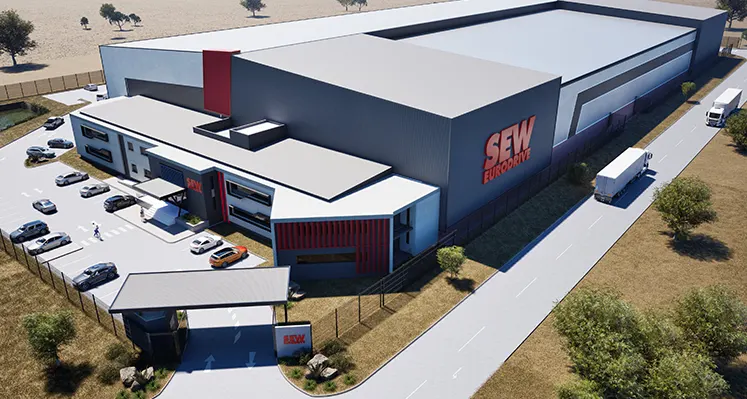Palfinger has introduced a new addition to its TEC range of loader cranes available for the Africa, Middle East and Europe region
With its class-leading lifting capacity, its combination of maximum precision and smartest technology the new Palfinger PK 720 TEC is an ideal choice for demanding construction environments.
Offering both recision and performance above its class, the PK 720 TEC expands the TEC family with a powerful solution positioned between the PK 580 and PK 880 TEC.
“The crane combines cutting-edge engineering with smart assistance systems, making demanding lifting tasks easier and more efficient,” a Palfinger statement noted.
“The new model demonstrates how Palfinger translates its ambition to deliver lasting customer value into practical innovation.”
With Reach Higher, its Strategy 2030+, Palfinger has defined ‘Lifting Customer Value’ as a core strategic direction.
A key element of this strategy is the ‘Technology and Market Leadership’ programme, which positions innovation as a core competency – aiming to sustainably enhance customer productivity and value creation across the entire product lifecycle.
Built for the most demanding tasks and developed for challenging construction environments, the PK 720 TEC delivers “outstanding” performance, according to Palfinger.
With a maximum lifting moment of 68.7 metre-tons, and a hydraulic reach of up to 22 metres, it excels in heavy-duty applications.
In its nine-extensions configuration and with a fly jib featuring the Dual Power System (DPS-C), the crane achieves an impressive lifting capacity of up to 34.4 metres of reach – outperforming other models in the 70-metre-ton class.
Thanks to the TEC range’s proven P-profile boom system, the PK 720 TEC combines maximum stiffness with a low dead weight.
For enhanced visibility, Palfinger has introduced a new lighting system that includes two working lights on the knuckle boom and the fly jib each, as well as LED strips beneath the knuckle boom, which enable good field vision.
As part of the TEC range, the PK 720 TEC is also equipped with the most advanced assistance systems.
Operators benefit from Paltronic 180 control electronics for intelligent crane operation, while the LX-6 control valve ensures smooth and responsive handling.
Features such as HPSC-Plus for intelligent stability monitoring, S-HPLS for enhanced lifting performance, and the Support Force Limit function – which monitors the stabiliser forces based on ground conditions – all contribute to greater safety, control and efficiency.
Another highlight is the Height & Bound feature, the statement added.
“The Height assistance limits the maximum working height, while the Bound defines a ‘virtual wall’ that limits the work area. Once configured, the crane works worry-free beneath overhead obstacles or in confined environments, offering a new level of safety and confidence in complex environments.
Read more:
Crane, hoists set for Sierra Leone, Tanzania, Namibia mines








 The new service centre will even conduct work on gear units from other manufacturers, he notes, given the depth of the experience and infrastructure at SEW-EURODRIVE’s new world class service and repair facility. Over 65 additional technical staff are in the process of being brought on board at the site including engineering managers, field service engineers and artisans in various specialised disciplines.
The new service centre will even conduct work on gear units from other manufacturers, he notes, given the depth of the experience and infrastructure at SEW-EURODRIVE’s new world class service and repair facility. Over 65 additional technical staff are in the process of being brought on board at the site including engineering managers, field service engineers and artisans in various specialised disciplines.